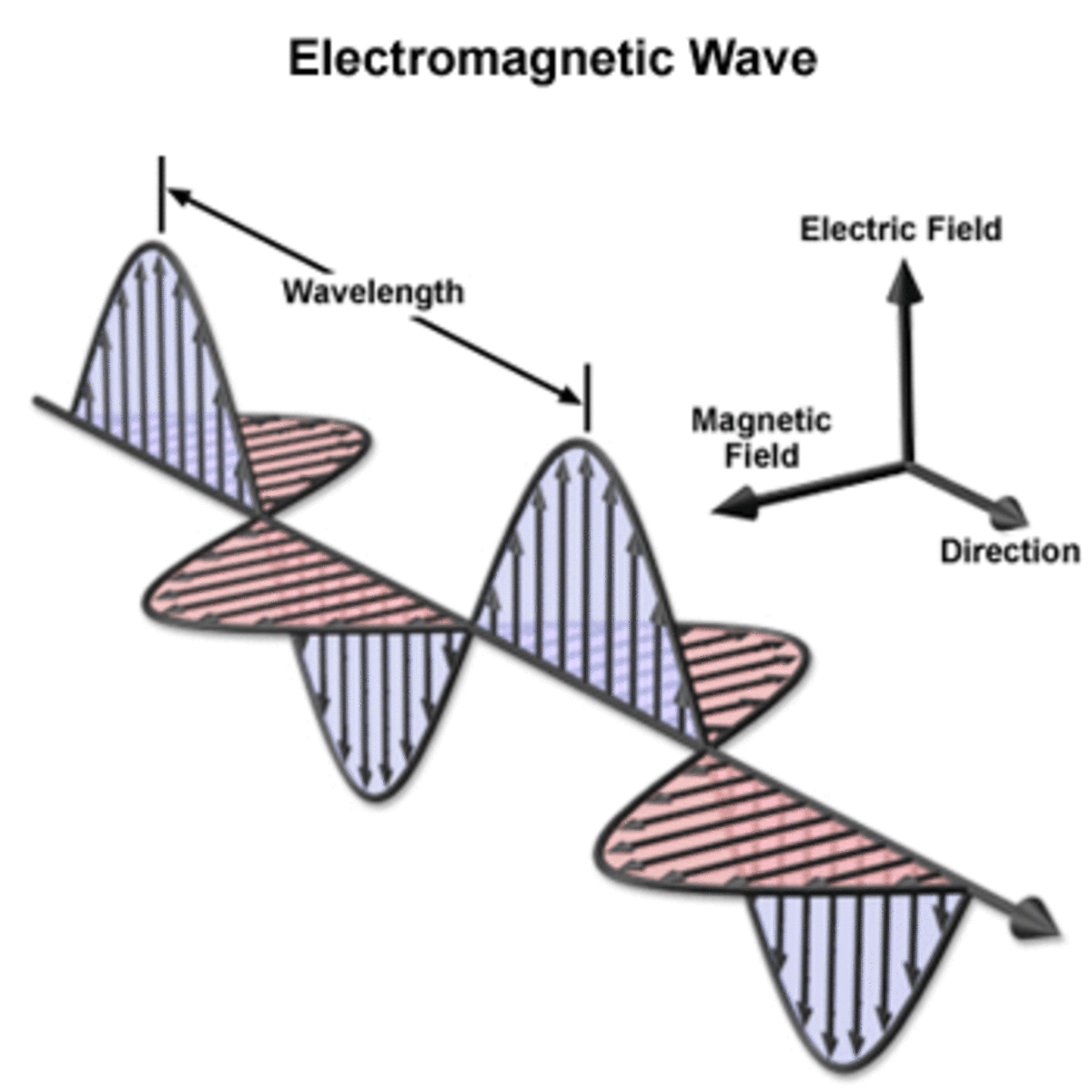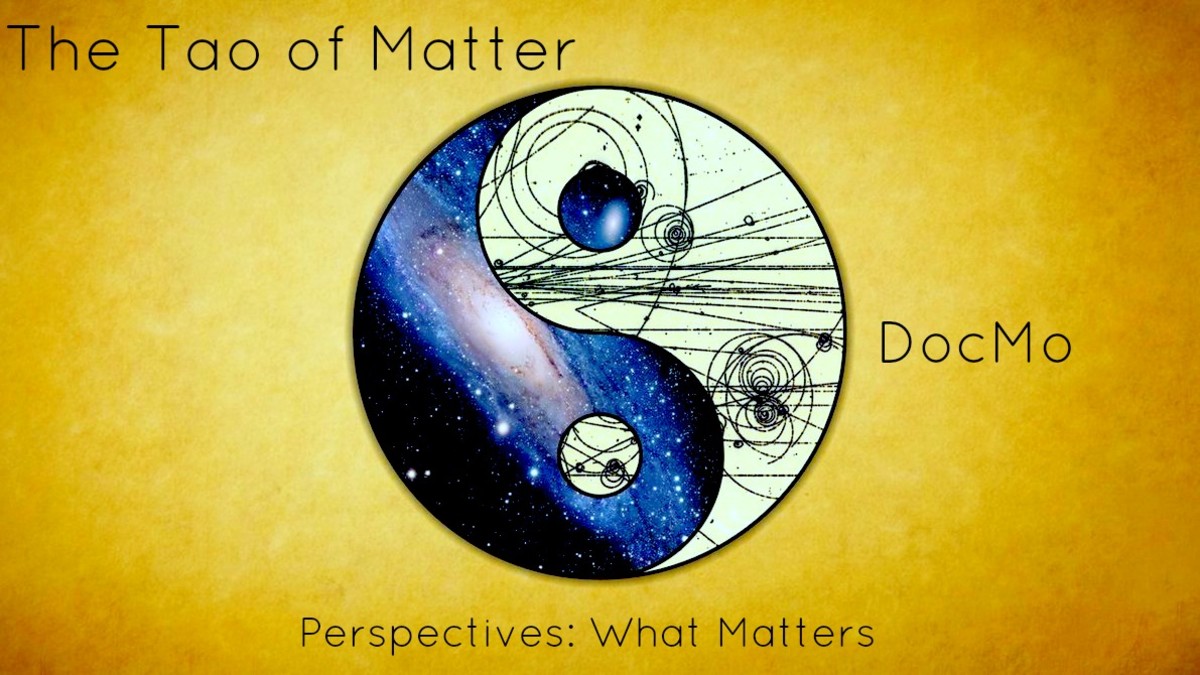Why is Gravity Called "The Weak Force"?
Weak, you say?
What does it mean when we say, “gravity is the weakest of the four fundamental forces” or “interactions of nature”? If you fall off of the roof of your house and plummet to the earth, or if you throw a wrench up into the air and it comes down and hits you in the head, aided by nothing but gravity, it sure does feel pretty strong!
You’ve probably heard that a rocket has to use an absurd amount of fuel in order to escape the earth’s gravity. Not only that, but the entire universe is essentially shaped and formed by gravity, in a very literal sense. Gravity is the so-called dominant force of the universe. How, then, is that “weak”? Lucy, you got some 'splainin' to do!
It's all relative... literally

Perspective
We have to take a look at the way things look to us. Both Einstein, and later on, Heisenberg, taught us that the universe works based on who is looking. In other words, you simply cannot accurately describe the way anything works without first understanding the point of view of the observer, and this isn't just some philosophical nonsense- the only way for us to really begin to understand the way things are is to understand the filter through which we perceive it.
Imagine looking out at the world through red-tinted glasses. If someone was to ask you what color something was, you might answer, "red, just like everything!" On the other hand, if you were aware that you were wearing glasses that made everything tend to look red, you might try to ascertain info about the color scheme some other way, maybe by asking other people what color everything was (or, of course, you might just take the glasses off).
When you fall off of your bicycle as you’re learning how to ride, you very quickly become intimately familiar with the not-so-subtle workings of the force of gravity. You accelerate to the earth at 10 meters per second squared, so falling from even a height of six feet up means you’ll cover that distance in just a fraction of a second. All that speed you have built up turns into dissipated energy in the form of… well, pain.
So from a very early age, you are quite familiar with gravity. But what about the other three forces? They are, in ascending order of strength, the weak nuclear force, electromagnetism (or EM for short), and the strong nuclear force (the two nuclear forces are often called simply the “weak force” and “strong force”, respectively, or sometimes “weak interaction” and “strong interaction”).

Strong and weak interactions
The strong force is about a million times more powerful than the weak interaction, and the strong force is what holds atoms together. Think about how much energy is released in an atomic bomb explosion; this can only be done by splitting the atom (nuclear fission), so it doesn’t just happen every day at random, and it’s a good thing, too! Suffice it to say, the strong force is really, really strong.
The weak interaction is nowhere near as strong as the “strong force”, but it’s still 1025 times stronger than gravity! This is a one followed by 25 zeros, a stupifying number for us mere humans to contemplate. It's like if an ant was arm-wrestling Popeye, only the ant was millions upon millions of times weaker than any ant we've ever encountered on earth.
The weak force is certainly the least understood force to the physics laymen, and essentially, it’s what causes atoms to decay, shooting subatomic particles (neutrons and protons) away from the atomic nucleus over time, as Marie Curie and others contributed to discovering. Fortunately, for the discussion at hand, we don't have to have a supreme grasp over what, exactly, the weak force does, except to understand that it's a stupifying amount stronger than gravity.
Electromagnetism vs gravity, round 1

Electromagnetism vs gravity in terms anyone can understand
You’ll know of the electromagnetic force most familiarly from middle school science experiments involving magnets, most likely. And it’s with the magnet that we can see the first easy example of just how weak gravity is. A great way to test this out (and this can be a thought experiment if you’re relatively lazy, because virtually everyone is already familiar with this concept) is to take a refrigerator magnet and attach a metal paperclip to the bottom of it. Now, lift the magnet off the ground by a few feet, and observe. Does the paperclip fall to the ground, or stay attached?
You can actually do this one further by leaving the metal paperclip on the ground, all by its lonesome self. Right now, the paperclip is held down by the evil clutches of Darth Vader! No, wait. It’s held down by the force of gravity. But if you hover that magnet about a half an inch over the paperclip (totally depending on the strength of the magnet and how heavy the paperclip is), you’ll notice that paperclip starting to wiggle. Eventually, as you get closer, the paperclip will literally jump up, defying the force of gravity! In this manner, you can see right away that the electromagnetic force is far, far more powerful than gravity. Reinforce this concept by pulling the paperclip away from the magnet (it’s kind of tough, right?), and then put the paperclip on the ground and pull it away from the earth (not so tough, right?).
Are you paying attention?
Which is the strongest physical interaction?
EM vs gravity, round 2 - even easier to see
The magnet-and-paperclip example is an extremely obvious one as to how much stronger electromagnetism is than gravity, but there’s an even better and more obvious example that you can experience right now. This is one of my all-time favorite science “experiments”, although it too could be conceivably considered a thought experiment.
Unless you’re orbiting the earth right now, or are somehow reading this out in space or in freefall, you almost certainly feel gravity’s force pulling you down toward the earth’s center. You’re pushed downward, but something stops you. What is it that stops you from continuing to fall to the center? Why, it’s our new best friend, the electromagnetic force! Here’s how:
The electromagnetic force, or EM for short, keeps one atom from smashing right into another atom. If you’ll go back to those middle school science lessons, you’ll remember that there are electrons orbiting around the nucleus of the atom. These electrons are all negatively charged, each and every one of them. I’m sure you’ll recall also that like charges repel one another. When one electron gets too close to another one, it pushes back. How strong is the force by which that electron pushes back? Well, it’s clearly strong enough so that you don’t just fall through solid matter via gravity!
Conclusion and summary
To recap, the forces go up like this in strength:
- Gravity (weakest by far)
- The “weak force” (considerably stronger than gravity, but ridiculously weaker than electromagnetism, or EM for short)
- Electromagnetism (literally about 1,000,000,000,000,000,000,000,000,000,000,000,000 times stronger than gravity)
- The “strong force” (137 times stronger than EM)
Understanding how all of these forces relate can help you understand everyday reality considerably better. Now, if only the majority of the universe were made of ordinary matter… but that’s another story!








